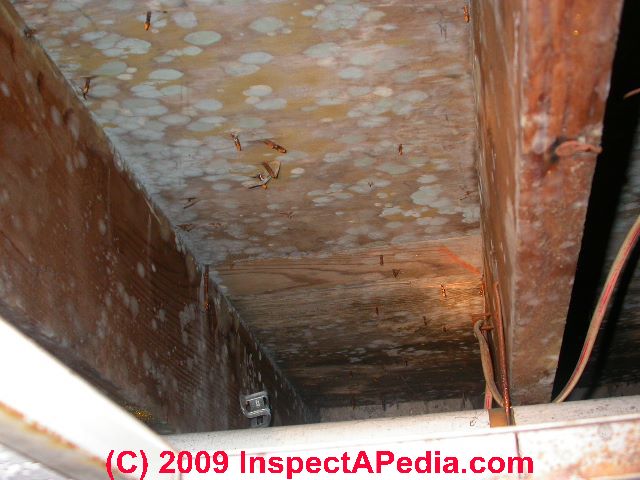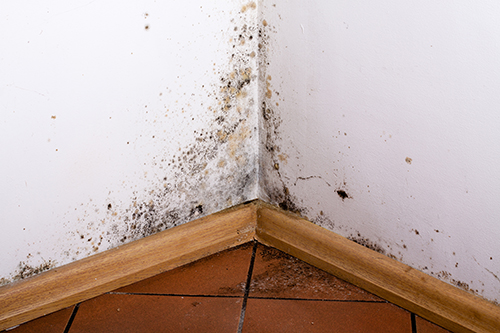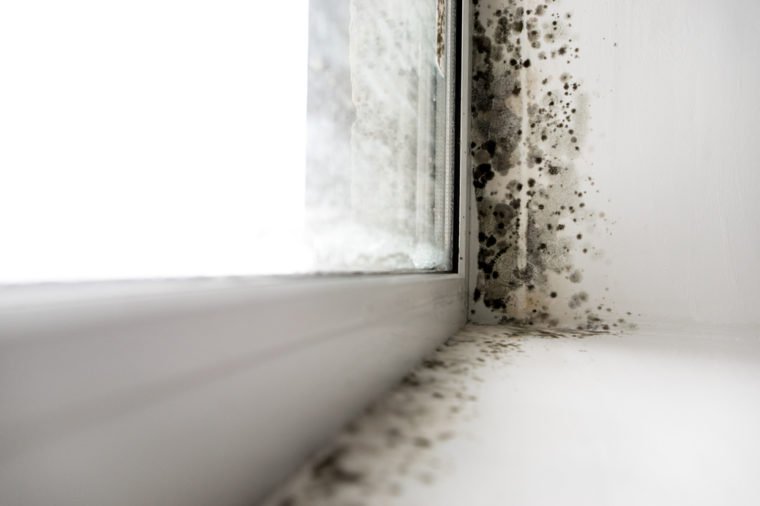Also be sure to completely dry the area before closing it back up because even a slight amount of moisture can result in mold growth.
Mold inside wall from roof leak undetectable.
Systemic or limited growth.
The only way to know for sure if there is mold in walls is to look.
Roof leaks cause two types of mold growth.
A leaky roof can pave the way for mold in a big hurry.
These can often be rented at local construction rental shops.
How to find a water leak.
Mold often grows in places where you can t easily see it like inside walls and under carpet.
You can also call in a certified mold tester to inspect your home and test different areas for the presence of mold.
Aside from the above visible signs there are also some obvious health side effects that can trigger you to realize you have mold in your home.
If your home smells musty you should suspect mold and inspect your home carefully.
To stop mold at its source you will need to eliminate the substance that allows it to grow in the first place.
If it s wet and there s truly no plumbing in the wall you might have a roof leak.
That s because mold.
Condensation forms when water vapor in the air meets cold surfaces and cools to become liquid.
The most common causes of mold growing on walls are high humidity condensation and water leaks which are often hidden inside the wall.
Mold and mildew can become costly and hazardous problems if left alone.
Condensation is especially common on walls which form the perimeter of a house.
Mold produces gasses called microbial volatile organic compounds mvoc many of which have a musty smell.
When the wall is open it is necessary to find the source of the water leak in order to stop the moisture that is accumulating within the wall.
Brown or gray ceiling discoloration.
The wall studs should be replaced if possible.
Systemic growth occurs when the roof leak causes enough moisture buildup in the attic to cause mold growth throughout the entire area.
Cut 12 inch by 12 inch inspection holes with a drywall saw every four feet remove any insulation and use a mirror and flashlight to inspect the inside of the walls.
Cut a hole in the wall large enough for your head to fit inside.
If it s dry the mold is likely due to damp materials during the original construction of the wall.
Then using a drywall saw cut along the line you just scored.
The spores can damage wall boards discolor tiles destroy carpets and cause health symptoms that include respiratory and sinus infections.
If you notice a musty odor in your home but don t know where it s coming from there could be mold growing inside the walls or elsewhere.
Visible mold growth usually dark green brown or black a musty odor near the area of the roof leak.
Certified mold testers are usually engineers and they know how and where to look for mold.
Use a utility knife to score a line about 10 inches 25 cm long into your drywall at the location where you see visible signs of a water leak mold discolored drywall etc.










